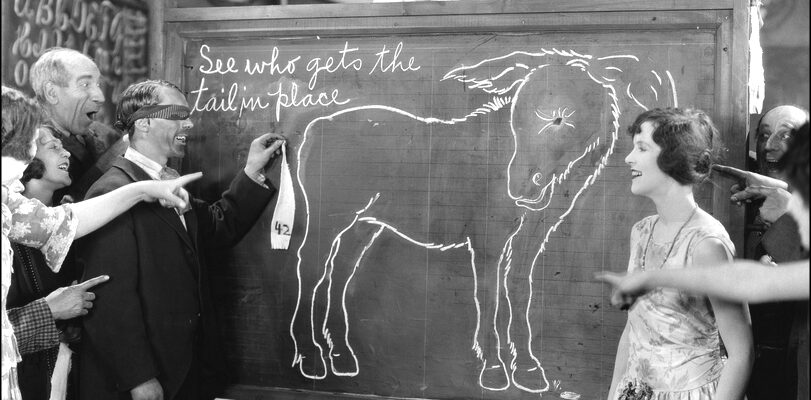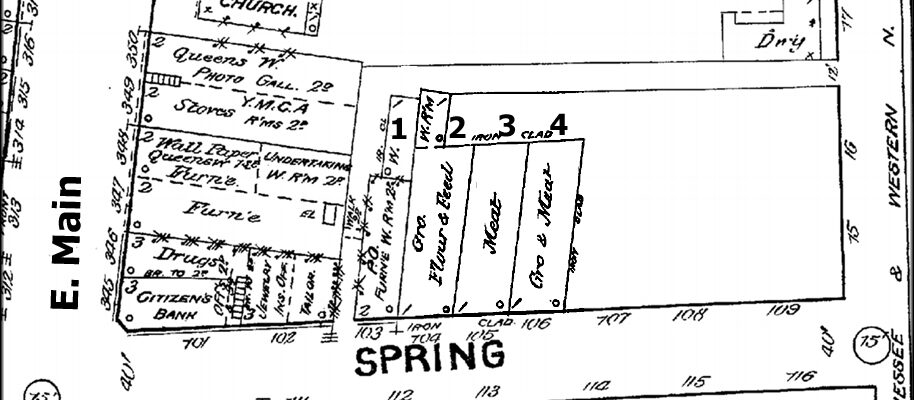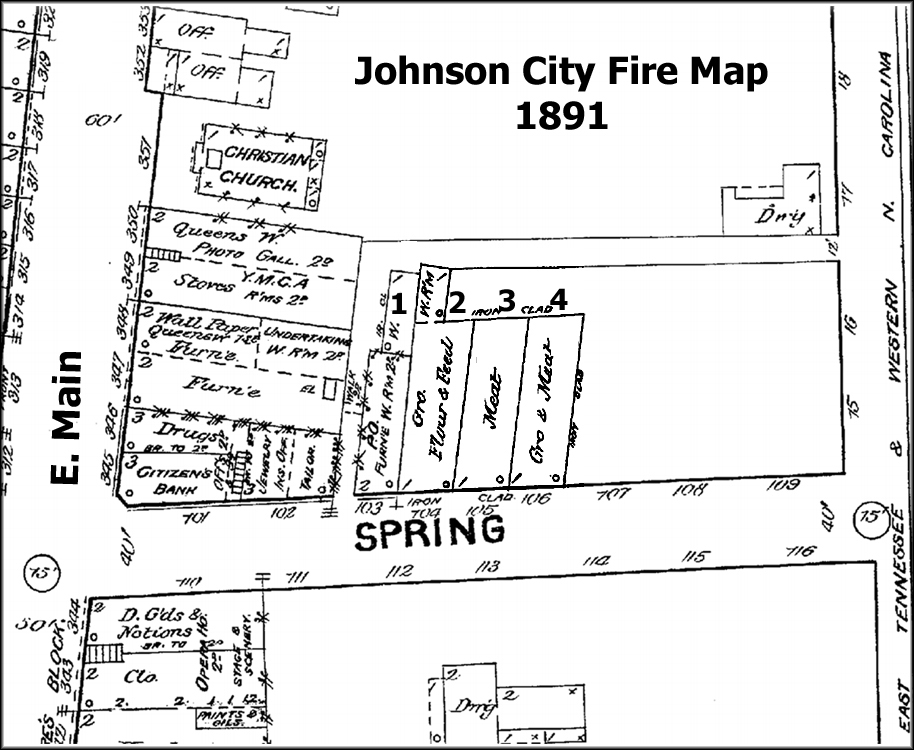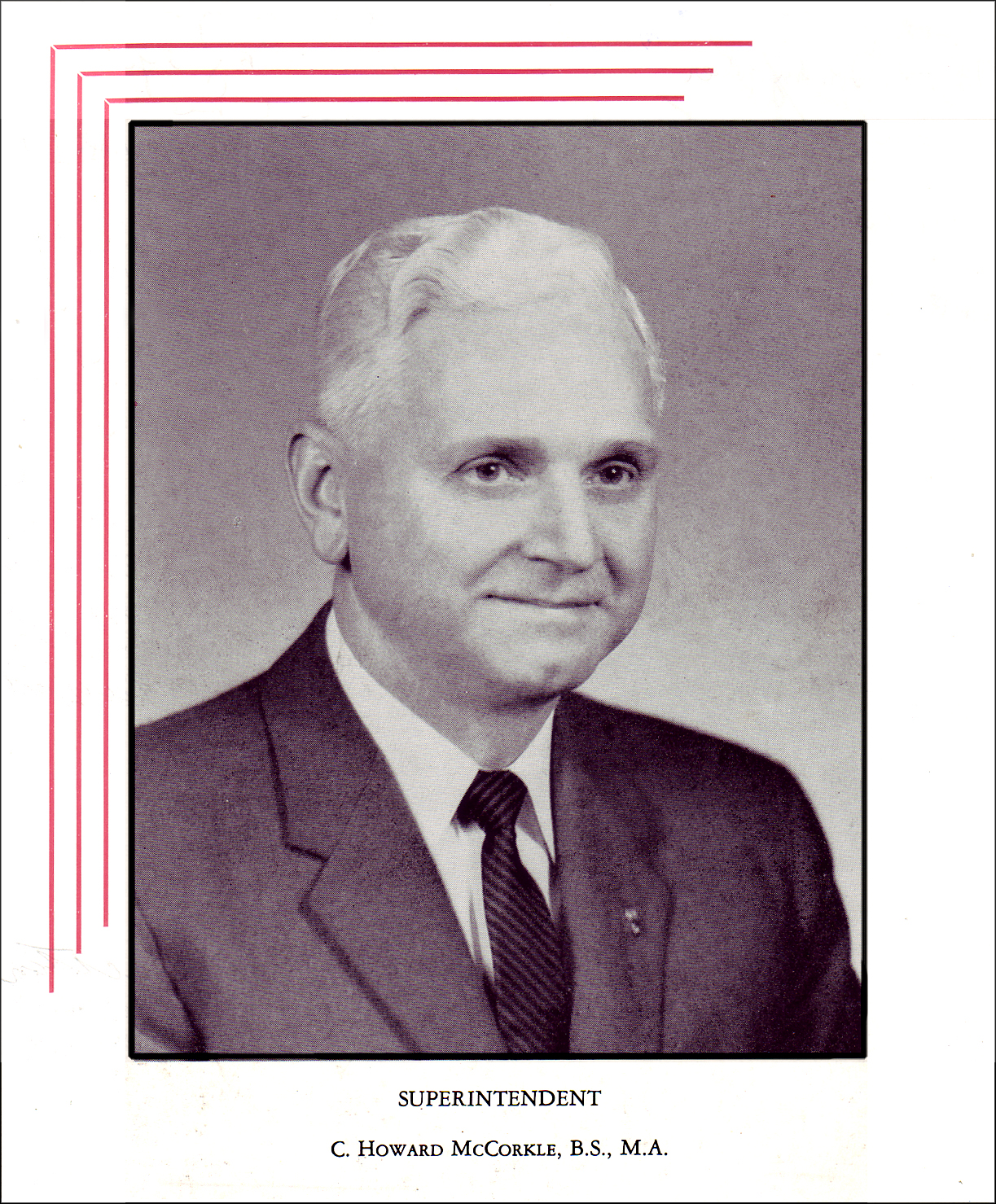On Thursday night, July 12, 1888, several couples of the elite of the city gathered at the residence of Mr. and Mrs. F.A. Stratton on Maple Street. This was in response to a personal invitation to attend an event given in honor of a Mrs. Scott, of Indianapolis, and Misses Mary and Mattie Wilder of Roan Mountain, TN.
The hosts had an elegant home, the chief attraction being a large contiguous lawn. On this evening, no pains were spared to render the occasion a pleasant one, and how well they succeeded, all that were present could certainly testify.
The house was brilliantly illuminated, and numerous Chinese lanterns added to the beauty of the grounds served to cast sufficient shadows to satisfy loving couples inclined to seek dim lights and quiet nooks.
At ten o'clock, an elegant lunch was served on the lawn, after which all returned to the parlors. At one end of the main parlor was something very unusual – a large and very realistic looking donkey, with the single exception that it was devoid of a tail.
Each person was supplied with a piece of cloth made-up to represent a donkey's tail, and each piece was numbered. As the numbers were called, the persons holding them would go to the center of the room and, after being blindfolded, would start towards the donkey and pin the tail where they thought it belonged. It was very amusing to see how far “off the mark” some of them would get.

Mr. Isaac Harr came nearest and won first prize, while Miss Millard was the furthest removed and won the booby prize. Mrs. Scott and Miss Mary Wilder made the donkey and their work illustrated that they were true artists. The guests present at the event included:
Mr. and Mrs. T.E. Matson, Mr. and Mrs. J.E. Crandall. Mr. and Mrs. Taylor and Mrs. Wilder; Misses Sanna Taylor, Constance Tinsley, Mildred Smith, Sallie Faw, Stacy Crumley, Emma and Eva Wilson, Nora Crumley, Cora Shewalter, Libbie Ceure, Allice Millard, Bennie Hoss, Lillie Roach, messrs Ike Harr, Frank Wells, Charles McNeil, Ralph Boyd, H.R Kenyon, Martin Gump, Henry Stratton, Harry Lyle, J.W. Crumley, Walter Kirkpatrick, John Cure, E.D. Duncan, Walter Faw, G.K. McCormick, James Houtz and Cy Lyle.
No other activities were mentioned in the gathering. What was intriguing to me was my perception that a donkey party was something usually reserved for youngsters. The donkey game was often played by youngsters of my generation at a youth gathering. We usually obtained a sheet, drew a crude (very crude) donkey on it without the tail.
One donkey get-together from my childhood that I vividly recall occurred in apartment 2-R near the south end of the Gardner Apartments, which once stood at the intersection of W. Watauga Avenue and W. Market Street (before an arsonist torched it a few years ago). Mr. and Mrs. Ernest Green hosted the social for their daughter, Wanda. I was the “grand winner” of the game, bringing home a cigar box chocked full of stationery supplies; that was right down my alley in spite of the fact that I was only about six years old.
The people mentioned in this article were not adolescents; they were some of Johnson City's elite citizens. I find it odd that they would engage in such a juvenile game and seemingly enjoyed it. I can't picture my parents playing this game, except when their object of affection was their young son, Bobby.
Maybe we have become too sophisticated to allow ourselves to be blindfolded and attempt to place a cloth tail with a pin on it on the posterior of an “equus africanus asinus.” The creature in real life is domesticated, having long ears and employing a loud bray. That game was a favorite pastime in my young days and I looked forward to every opportunity to participate in it.
Maybe folks were less refined in that era. I might organize a game of “Pin the Tail on the Donkey” and see if anyone shows up. Anybody interested in attending?





_0-576x400.jpg)
_0.jpg)



